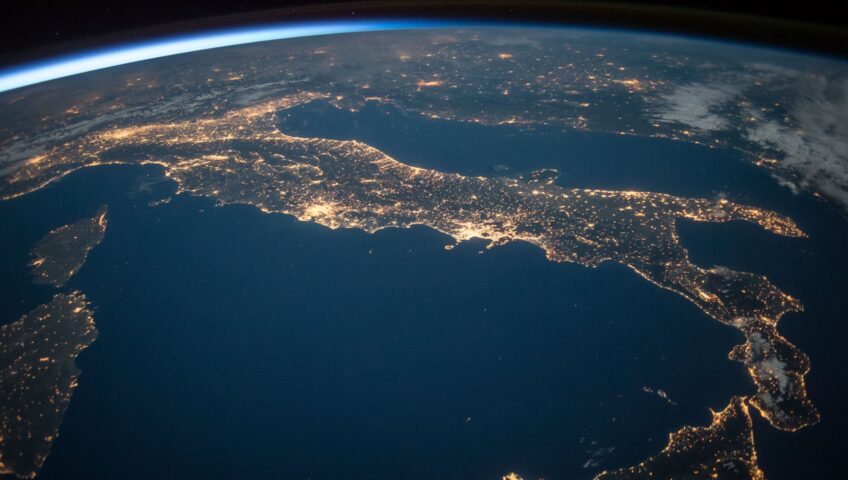Today, March 8th is International Women’s Day, a global holiday that uplift the voices of women worldwide and celebrates the impacts they have made throughout history. Whether the impacts were made culturally or historically, today is a beautiful day to highlight some engineering heroes’ achievements who paved the way for the female engineers of today.
Even with gender and/or racial inequality, the following women made history in National Aeronautics and Space Administration (NASA):
- Mary Jackson was born in 1921 in Hampton, Virginia. She was an African-American NASA engineer who made it possible for America’s first men to travel to space. She was known as a human computer who, behind the scenes, calculated the orbital trajectories. Aside from engineering, she was passionate about advocating for women and minorities in the engineering field, so after working 30 years with NASA, she retired in 1985 and shifted careers to focus on becoming an equal opportunity specialist to help women and minorities.
- Dorothy Vaughan was born in 1910 in Kansas City, Missouri. She was the first African-American supervisor for the National Advisory Committee for Aeronautics (NACA). She advocated for her employees by making sure they received promotions and pay raises. After segregation ended in 1985, that is when NACA became NASA and Vaughan became a programmer for a new division that was created, named Analysis and Computation. While working in this division, her group worked behind the scenes and played a major part in the success of a satellite-launching rocket called Scout. Vaughan retired in 1971.
- Katherine Johnson was born in 1918 in White Sulphur Springs, West Virginia. She was a pioneer in mathematics that landed her a job at NASA as a Trajectory Analysis for Alan Shepard’s mission in 1961, and then for John Glenn's orbital mission in 1962. While working for NASA, she was the behind-the-scenes math genius that made many missions like space shuttle, Earth Resources Satellite, and Apollo’s Lunar Lander successful. Thanks to her achievements, she received the highest civilian honor in the United States: the Presidential Medal of Freedom in 2015. Johnson retired in 1987.
- Kalpana Chawla was born March 17, 1962, in Karnal, India. She received a Bachelor of Science degree in aeronautical engineering in India, and later on moved to the United States to continue her education and received a master’s degree in aerospace engineering. After being naturalized in the United States, she became an astronaut, engineer, and the first woman of Indian descent to go to space. Chawla lost her life during a mission, but her legacy continues to live through her work. Her research helped other astronauts understand health and safety during spaceflight. She continues to be an inspiration for many immigrants who are chasing the American dream.
For more information about women who made history in NASA, please visit: https://www.nasa.gov/
Filter Categories
All
COMMUNITY INVOLVEMENT
COMPANY NEWSLETTERS
KC'S BLOG
PRESS RELEASES
Filter Categories
All
2015
2016
2017
2018
2019
2020
2021
2022
2023
2024
2025


